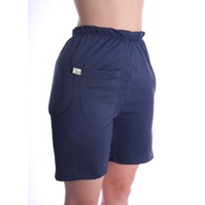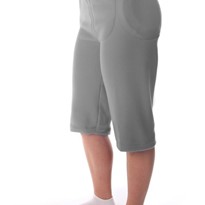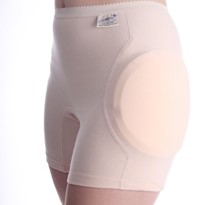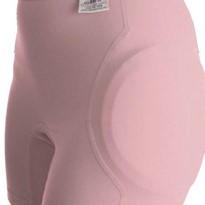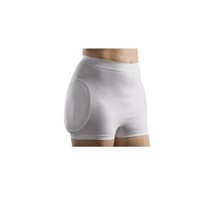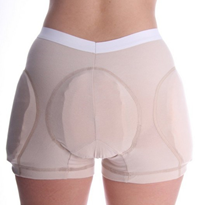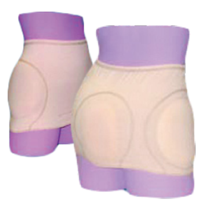Osteoporosis, or brittle bone disease, is a condition that affects the bones. It weakens them and as a result makes them more fragile and more likely to break. Our bones naturally become weaker as we get older and is one of the reasons people get shorter as they age. Unfortunately for women, this problem gets worse much quicker after menopause.
One of the most common injuries of people with osteoporosis are hip fractures. And with hip fractures comes painful surgery, hospitalisation, and lengthy recovery times. For those reasons and more medical professionals are constantly looking for ways to try and prevent these issues. One of those ways is through a small amount of exercise.
There is stacking evidence that confirms how carrying out physical activity, particularly in the older generation, affects the ageing of the bone. A study carried out fairly recently looked into what kind of exercise would be most beneficial in those wanting to improve/maintain their bone strength. Using existing data from a large, public database researchers set to work learning about how exercise affects bone health in women at risk for osteoporosis.
As part of the study both pre and postmenopausal women were asked to wear accelerometers in order to effectively record the intensity of each individual’s movements. What the researchers discovered was that those women with the most active regime, showed a reduction in the risk for brittle bones, much higher than those who who did less intensive activities. The intense activities were simply carried out for one or two minutes per day, but clearly made a difference. So it seems just a couple of minutes of intense activity a day really can ward off hip fractures.
But, please be aware there are some limitations in the study. Firstly, bone health was measured using an ultrasound and looked at the bone density of the heel. Really, the best way to measure bone density is with a DEXA scan. Also, bone health in the heel is less concerning than in the hip or spine. These are places where it really can be dangerous.
Through this latest and previous studies we can clearly see that bone health is affected by exercising and if just one or two minutes of intense exercising a day will help keep bone problems such as osteoporosis at bay, then surely it has to be worth it?


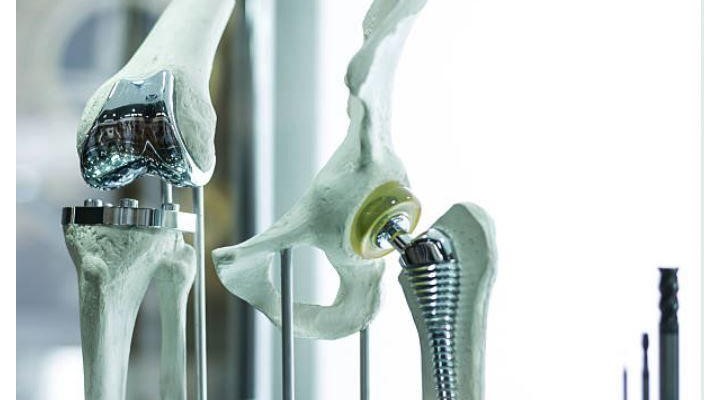


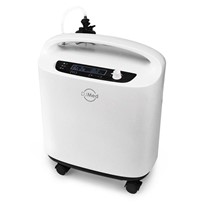
-205x205.jpg)

(560%C3%97450px)-205x205.jpg)
